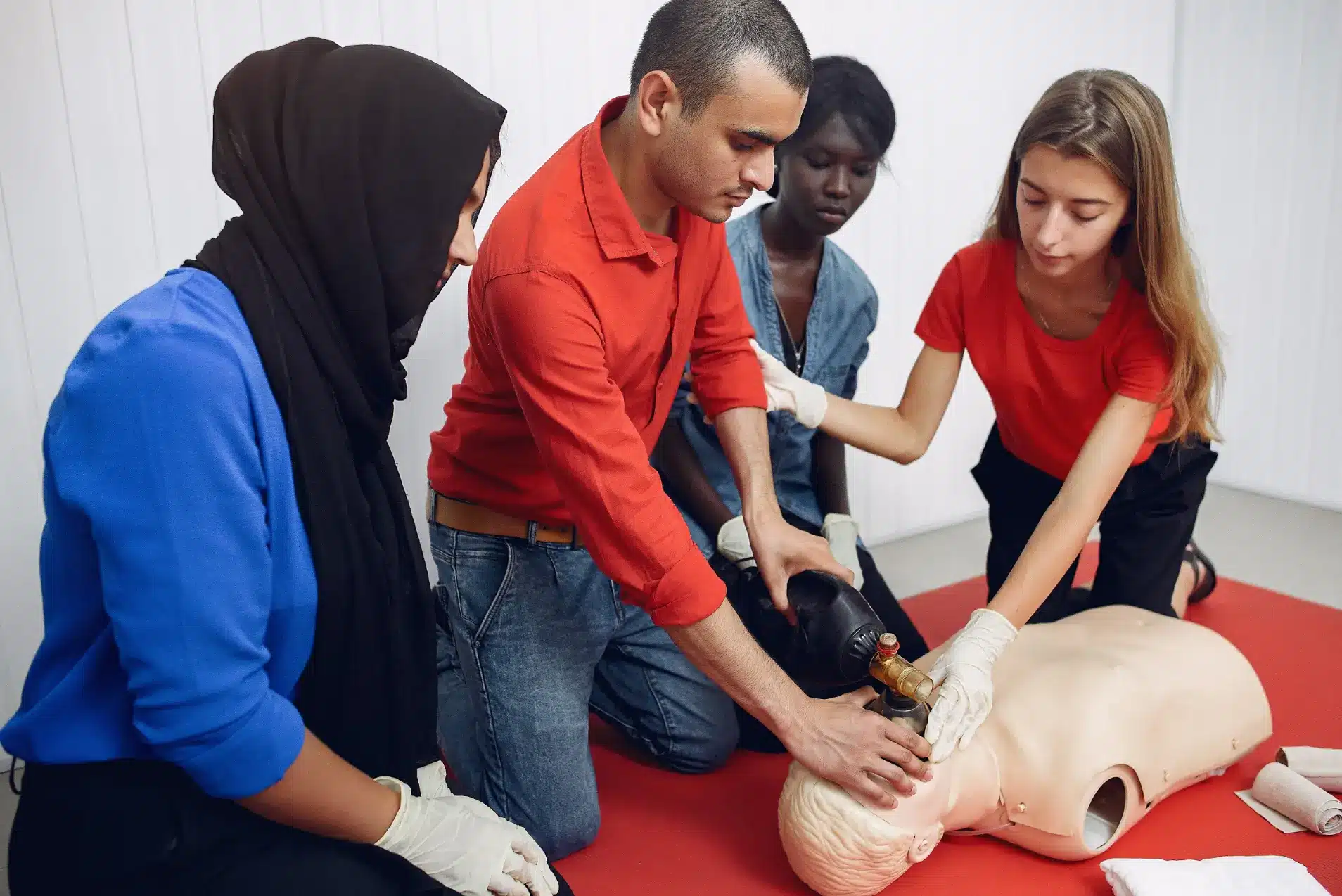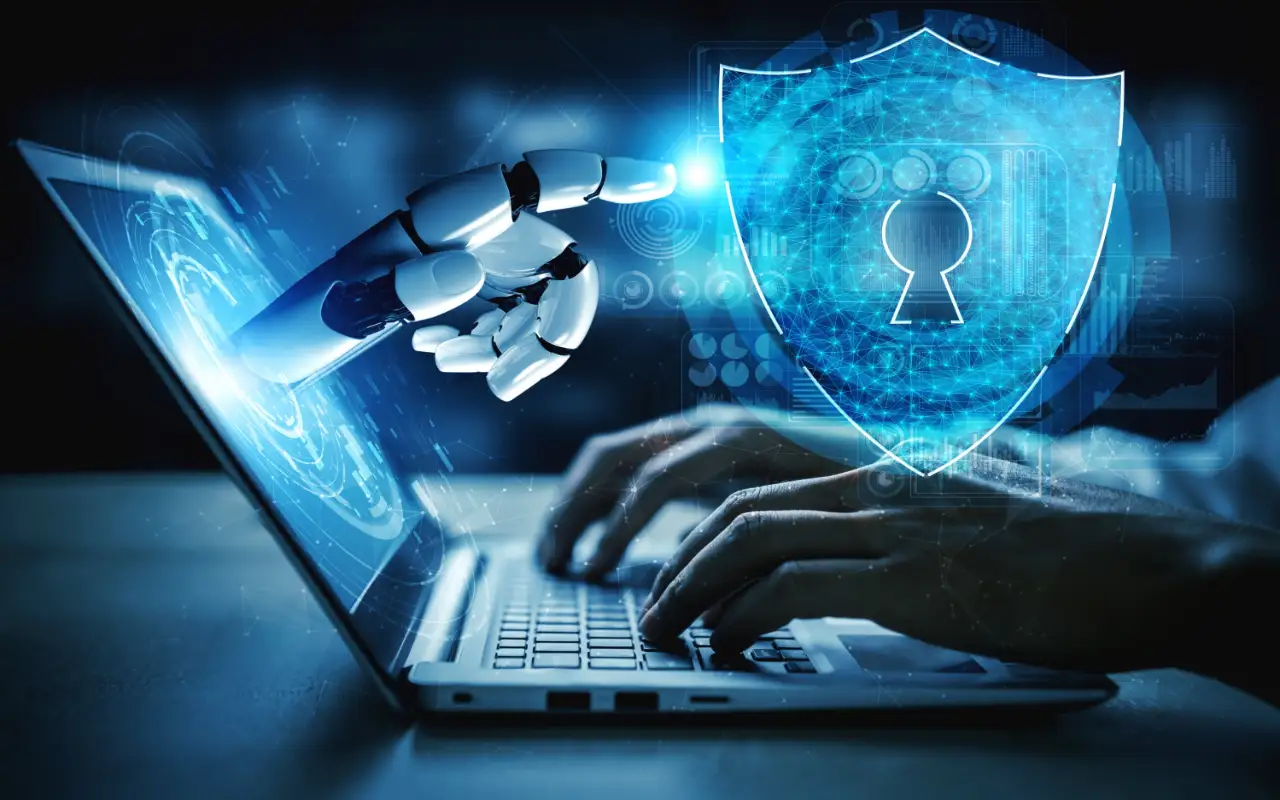Emergencies can happen when you least expect them, and knowing how to respond can make all the difference. First aid is more than just a skill; it’s a vital ability that can save lives, reduce the severity of injuries, and provide comfort in moments of crisis. Whether at home, work, or in public spaces, being prepared empowers you to act confidently and effectively when it matters most.
What is First Aid?
First aid refers to the immediate care given to someone who is injured or ill before professional medical help arrives. The goal is to stabilize the person’s condition, prevent further harm, and promote recovery. It includes a range of simple yet effective techniques, from treating wounds and burns to performing CPR on someone in cardiac arrest. First aid is not limited to healthcare professionals—it’s a skill anyone can learn and use.
The Importance of First Aid
Learning first aid isn’t just about helping others; it’s about creating a safer environment for everyone. Here’s why first aid training is essential:
- Saving Lives: In emergencies like cardiac arrest, choking, or severe bleeding, quick action can mean the difference between life and death.
- Reducing Complications: Immediate care can minimize the severity of injuries and reduce recovery time.
- Building Confidence: First aid training equips you with the knowledge to stay calm under pressure and take decisive action.
- Universal Applicability: Whether at home, in the workplace, or during travel, first aid skills are invaluable.
Key First Aid Skills Everyone Should Know
A first aid course provides a comprehensive understanding of how to handle various emergencies. Some of the key skills include:
- CPR (Cardiopulmonary Resuscitation): Learn how to restart the heart and breathing in cases of cardiac arrest.
- Choking Relief: Techniques like abdominal thrusts to clear airways and save lives.
- Bleeding Control: Managing severe bleeding with pressure, bandages, and, if needed, a tourniquet.
- Burn Treatment: Cooling and covering burns to prevent infection and promote healing.
- Fracture and Sprain Care: Immobilizing injuries to prevent further damage.
- Medical Emergencies: Addressing conditions like seizures, allergic reactions, heart attacks, and diabetic emergencies.
- Environmental Emergencies: Handling heatstroke, hypothermia, and dehydration effectively.
How to Stay Prepared
Being prepared for emergencies goes beyond learning first aid skills. Here are additional steps to ensure you’re always ready:
- Keep a First Aid Kit: Have a well-stocked kit at home, in your car, and at work.
- Practice Regularly: Refresh your skills periodically to ensure you’re confident in applying them.
- Stay Informed: Keep up-to-date with the latest techniques and guidelines in first aid.
- Promote Awareness: Encourage others in your family, workplace, or community to learn first aid as well.
Conclusion: Make a Difference Today
First aid is not just a skill—it’s a responsibility. By learning first aid, you can make a profound impact in critical moments, protecting the lives and well-being of those around you. It’s a step toward creating a safer and more prepared community.
If you’re ready to equip yourself with these essential lifesaving skills, consider enrolling in our First Aid Training Course at Knowledge Point Institute. With expert-led training and internationally recognized certification, you’ll gain the knowledge and confidence to handle emergencies effectively.
Click Here to Enroll in the First Aid Training Course Today!






